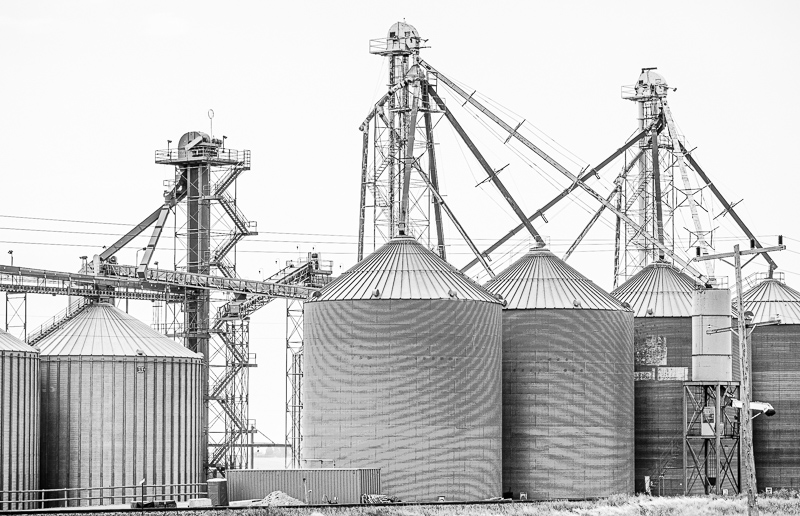Every Picture Is a Compromise
Lessons from the Also-rans
Most photography websites show the photographer's very best work. Wonderful. But that's not the full story of a creative life. If we want to learn, we'd better pay attention to the images that aren't "greatest hits" and see what lessons they have to offer. Every picture is a compromise — the sum of its parts, optical, technical, visual, emotional, and even cosmic – well, maybe not cosmic, but sometimes spiritual. Success on all fronts is rare. It's ok to learn from those that are not our best.
This is a series about my also-rans, some of which I've been able to improve at bit (i.e., "best effort"), none of which I would consider my best. With each there are lessons worth sharing, so I will.

Previous image | Next image |
Original digital capture

Variations Week
Whenever I'm out photographing and just "gathering assets," I never know nor can predict how I will eventually use an image in a project. Will I need a vertical or a horizontal composition? Because I don't know, I find it useful to capture both. The same for close vs far, wide angle vs telephoto, shallow vs deep depth of field. This week, I'll post examples of this strategy that emphasizes flexibility.
What I saw that I liked:
There were so many grain silos in this 5 mile strip in Montana that it instantly became a project.
An example of note:
I first saw the detailed variation above, especially the zigzag stairway leading up to the top. I zoomed to fit the above composition as a vertical and thought I had it. That's when my habit kicked in and I turned the camera for a horizontal composition which needed a much shorter focal length to capture the image at left. Is this indecision or a strategy that affords us variations later down the creative path? In this case, both variations are nice and I may very well end up using both, perhaps even in the same project. |
|


